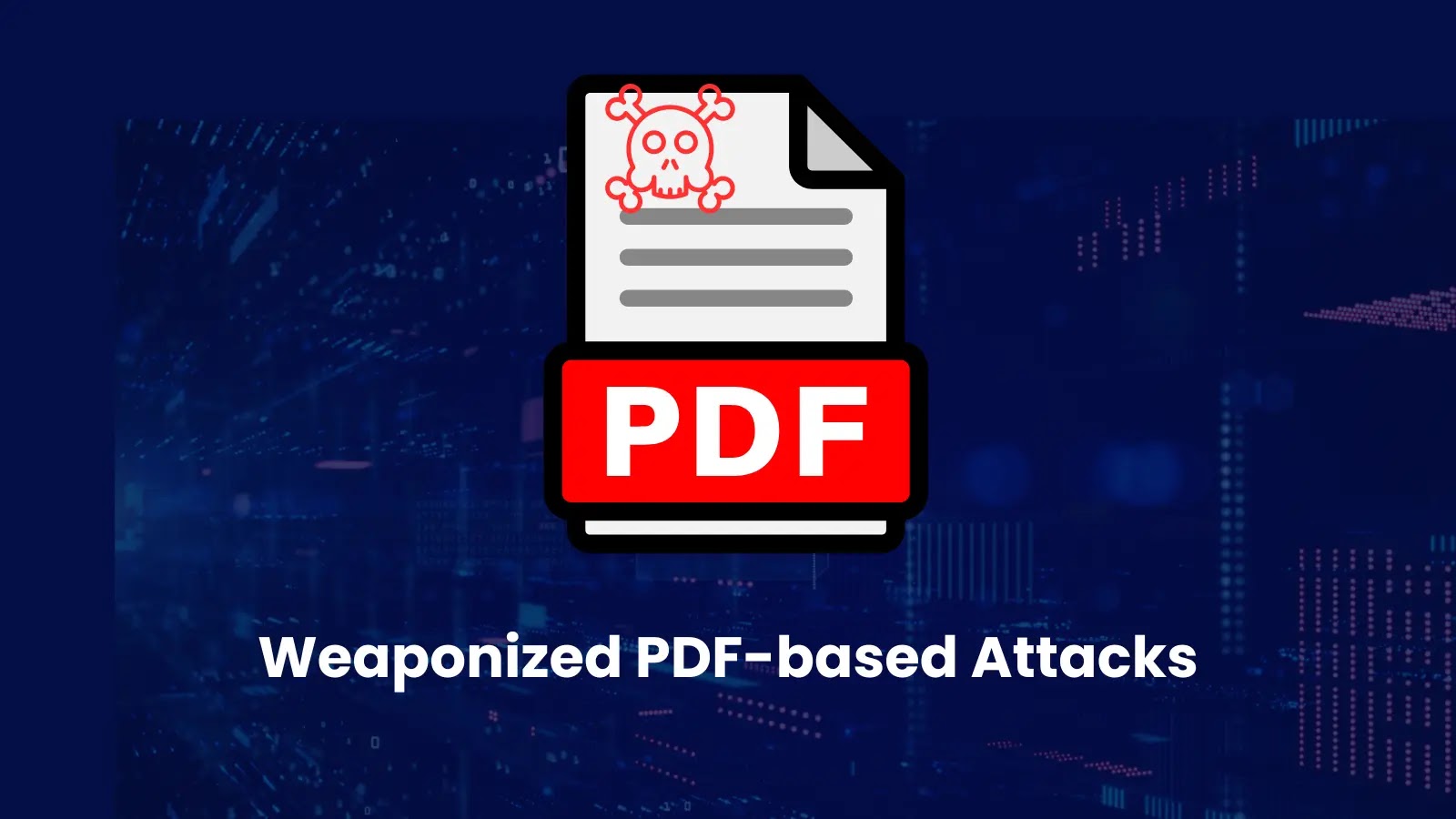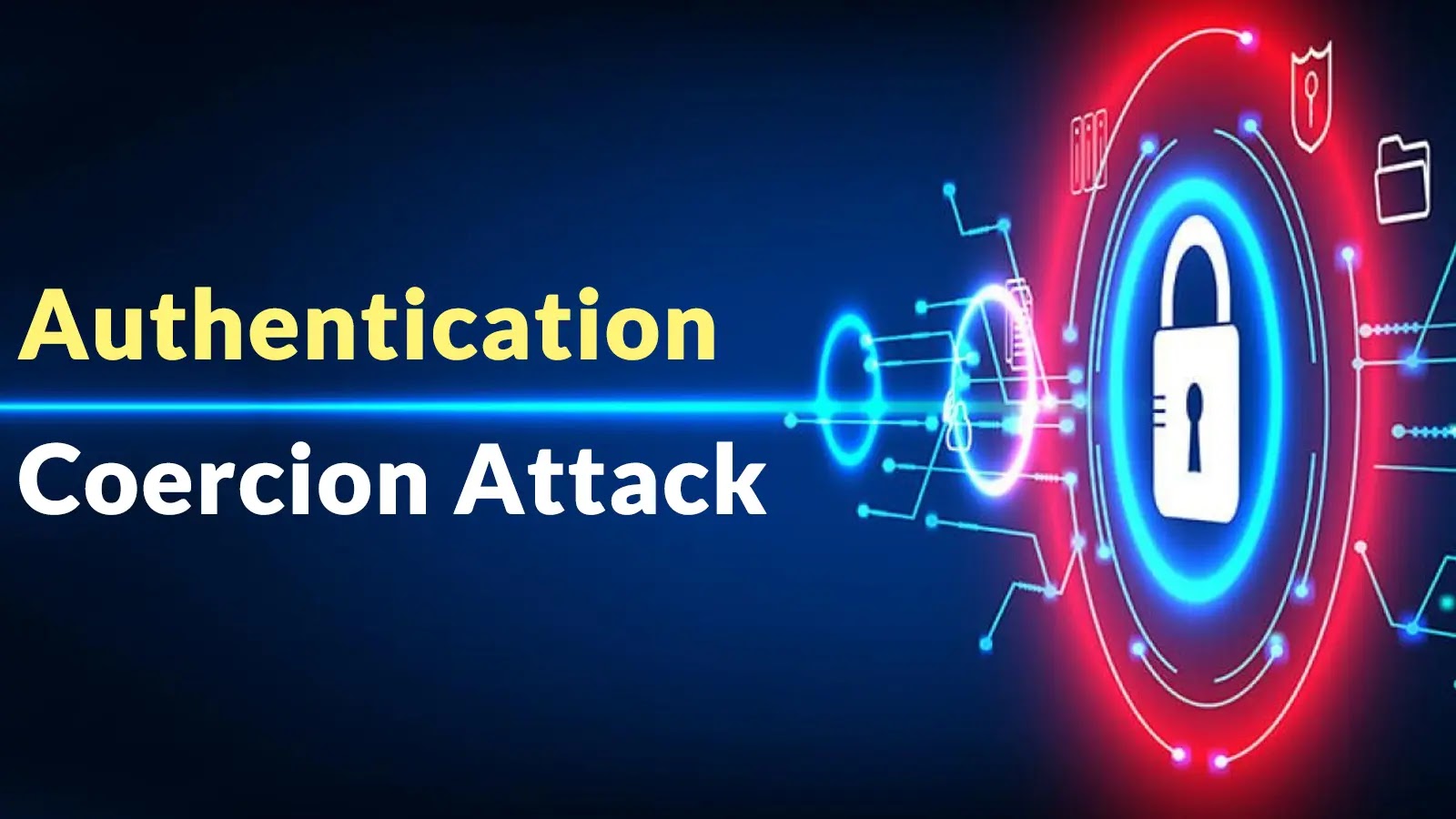In the evolving landscape of cyber threats, a significant trend has emerged: the weaponization of PDF files by malicious actors. Recent analyses reveal that 68% of all malicious attacks are delivered via email, with PDF-based attacks constituting 22% of these malicious email attachments. This development underscores the growing need for heightened vigilance and advanced security measures within organizations worldwide.
The Appeal of PDFs to Cybercriminals
PDFs have long been a staple in business communications due to their versatility and widespread acceptance. With over 400 billion PDF files opened last year and 87% of organizations adopting PDFs as a standard format, these documents have become an attractive vector for cybercriminals. Their complexity, combined with user familiarity, provides an ideal environment for embedding malicious code that can evade traditional security measures.
Evasion Techniques Employed by Attackers
Cybercriminals have developed sophisticated methods to exploit PDFs, making detection and prevention increasingly challenging. Key techniques include:
– URL Evasion: Utilizing legitimate redirect services such as Bing, LinkedIn, or Google AMP URLs, attackers mask malicious destinations, effectively bypassing URL reputation-based security systems.
– QR Code Implementation: Embedding QR codes within PDFs allows attackers to circumvent traditional URL scanners, adding complexity to detection efforts.
– Phone Scams: By incorporating social engineering tactics, attackers prompt victims to call a phone number, eliminating the need for a suspicious URL and increasing the likelihood of successful exploitation.
– File Obscurement: Employing encryption, filters, and indirect objects, attackers heavily obfuscate PDFs to conceal malicious intent while ensuring compatibility with common PDF readers.
– Machine Learning Evasion: Embedding text within images forces security systems to rely on error-prone optical character recognition. Some attackers manipulate images or add invisible text to confuse Natural Language Processing models, further evading detection.
Real-World Instances of Weaponized PDF Attacks
Several documented cases highlight the severity and diversity of PDF-based attacks:
– Remcos RAT Deployment: Cybercriminals have launched campaigns targeting individuals and organizations across Latin America, utilizing weaponized PDF files to deploy Remote Access Trojans (RATs) such as Remcos. These attacks often impersonate government agencies, sending PDFs that falsely accuse recipients of legal issues, prompting them to download malicious files.
– Ransomware Distribution: Hackers have been observed using PDF files to deliver various ransomware variants. By embedding malicious URLs within PDFs, users are tricked into downloading encrypted files that, when executed, deploy ransomware, leading to data encryption and ransom demands.
– Targeting Manufacturing and Healthcare Sectors: Since November 2022, a resurgence of malicious campaigns has been noted, specifically targeting manufacturing, commercial, and healthcare organizations. Attackers use phishing emails with PDF attachments to deliver payloads, employing techniques like email hijacking and domain impersonation to deceive recipients.
– Byakugan Malware Delivery: Researchers identified campaigns where weaponized PDFs were used to deliver the Byakugan malware. These PDFs present blurred content, prompting users to click links that initiate a complex infection chain, ultimately compromising the system.
– Mispadu Banking Trojan: The Mispadu banking trojan, initially targeting Latin America, has expanded to Europe. Attackers use phishing emails with PDF attachments to distribute the malware, which steals credentials and facilitates further phishing attacks.
Protective Measures Against PDF-Based Threats
To mitigate the risks associated with weaponized PDFs, security experts recommend the following measures:
– Verify Sender Identities: Always confirm the authenticity of the sender before opening PDF attachments.
– Exercise Caution with Unexpected Documents: Be wary of unsolicited PDFs, especially those prompting link clicks or QR code scans.
– Inspect Links Carefully: Hover over links to reveal full URLs before clicking to ensure they lead to legitimate destinations.
– Use Secure PDF Viewers: Employ updated PDF readers with JavaScript disabled to reduce the risk of executing malicious scripts.
– Maintain Updated Security Tools: Ensure that all security software and operating systems are current to protect against known vulnerabilities.
As PDF weaponization techniques continue to evolve, organizations must remain vigilant and proactive in their cybersecurity strategies to safeguard against these sophisticated threats.



